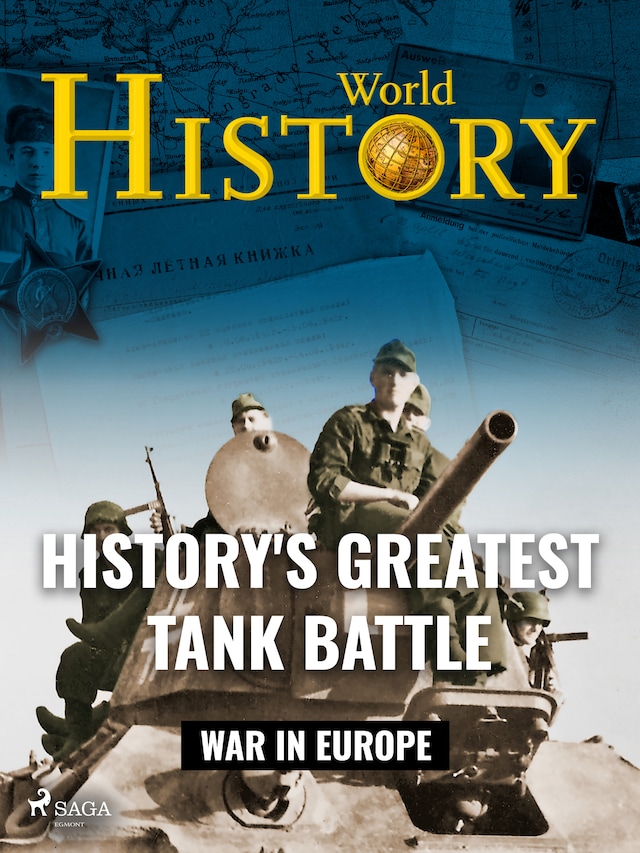
History's Greatest Tank Battle
Description of book
By 1943, Adolf Hitler had realised that the German Army was no longer capable of fighting an offensive war. The army was short of men, guns and tanks, and the Luftwaffe could not afford to lose more aircraft. Consequently, when Hitler flew to his forward headquarters in Ukraine in February 1943, he brought with him a clear message: the German Army would no longer go on the offensive. For the next year, it would instead defend its positions and let the Red Army exhaust itself in futile attacks.
As we know, that’s not how history turned out. At the meeting in Ukraine, Hitler’s generals identified a vulnerable spot on the front line where hundreds of thousands of enemies could be captured and the Soviets weakened before they launched their summer offensive. After weeks of deliberation, the Führer was persuaded to make a fateful decision: All forces were to be deployed to the front line salient where they would trap the Red Army near the city of Kursk, 500 kilometres southwest of Moscow.
For the next few months, both the German Army and the Red Army staked everything on winning the coming Battle of Kursk. Soviets in their thousands built impenetrable defensive lines, while German units transported newly developed Tiger tanks and Wespe (Wasp) guns by the hundreds to the front line. Finally, on 5th July 1943, Soviet artillery shattered the silence of the balmy Russian summer night. The Battle of Kursk was underway, and the winner of World War II would be decided during the following week’s engagements.
World History invites you on a fascinating journey to bygone eras, allowing you to explore the greatest events in history. Take a trip back in time - to the frontlines of World War 2, to the Viking raids, and to the religious rituals of ancient Egypt. World History is for everyone who would like to know more about the exciting and dramatic events of the past.


